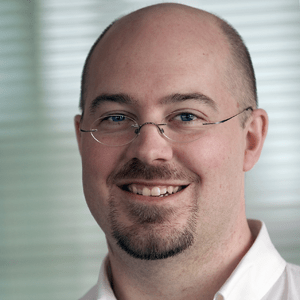If this year’s NBA finals are anything like previous years, the team with the best individual player won’t win. In fact, as the playoffs started, dozens of teams with coveted superstars were sitting at home or at the golf course. Superstars don’t win championships by themselves, rather time and time again in any sport it is the team with a number of good role players that wins. Right now, the clock is ticking for Southwest Washington and we need strong players in every role if we are going to continue the positive moves made out of the Great Recession.
Education used to be talked about in terms of K-12, but now education is pre-K through graduate programs. Southwest Washington is particularly strong in the way these entities are working together. Evergreen and Vancouver school districts, along with the surrounding K-12 superstars in the region, have built strong partnerships with Clark College and WSU-Vancouver. More graduates of area high schools attend Clark College than any other institution, and, in turn, Clark College is the number one transfer school for WSU-Vancouver.
In partnering education with workforce development, education has to be visionary and flexible. Education hasn’t always been known for those two traits, but I think recent efforts show we are on the right track. Whether it is investing in magnet high schools, supporting growth in areas like advanced manufacturing at Clark College, or looking at ways to bring parts of a new medical school to Vancouver through WSU-V, the educational partners in the region are showing both vision and flexibility.
In basketball terms, I think about education as the center position. The center of yesterday had to anchor the middle. The basketball center of today has to be able to distribute the ball, step outside when necessary and provide even production game in and game out.
With a number of businesses expanding and moving into Vancouver, workforce development is key. Whether it is making sure that new employers have access to a highly-qualified workforce or giving the existing workforce additional skills, there will always be a high demand for workforce development.
In the education and workforce development partnership, business has to be vocal and strong. Businesses need to be vocal in terms of sharing their needs with the other partners, and they need to be vocal in supporting other partners in the community. We all benefit when businesses are strong so they can provide stable jobs, provide great services and share their expertise.
Again, using basketball terms, I think of businesses as the guards who have to call out a play, pass the ball to kick things off and then sometimes get it back so they can ultimately score.
Finally, there are those community-based organizations and government agencies that can help glue all of this together. Organizations like the Columbia River Economic Development Council (CREDC) and the Southwest Washington Workforce Development Council (SWWDC) tie many of the efforts together, and without the work of local government officials on critical infrastructure projects (some being discussed in Olympia right now) neither workforce development or education have the resources they need. These organizations have to be creative and dynamic. CREDC, SWWDC, the Greater Vancouver Chamber of Commerce and a host of other organizations tie together different entities.
In basketball terms, they are the forward setting screens to make sure other people get open. They find opportunities, and they make sure everyone knows all the resources available.
The basketball metaphor likely doesn’t work for everyone, and like all metaphors, it is flawed the deeper one looks into it. However, the fact remains: Education and workforce development is not in the hands of any one organization or person. It requires all of us working together to make this community better for every individual.
Chato Hazelbaker is the chief communications officer for Clark College.



